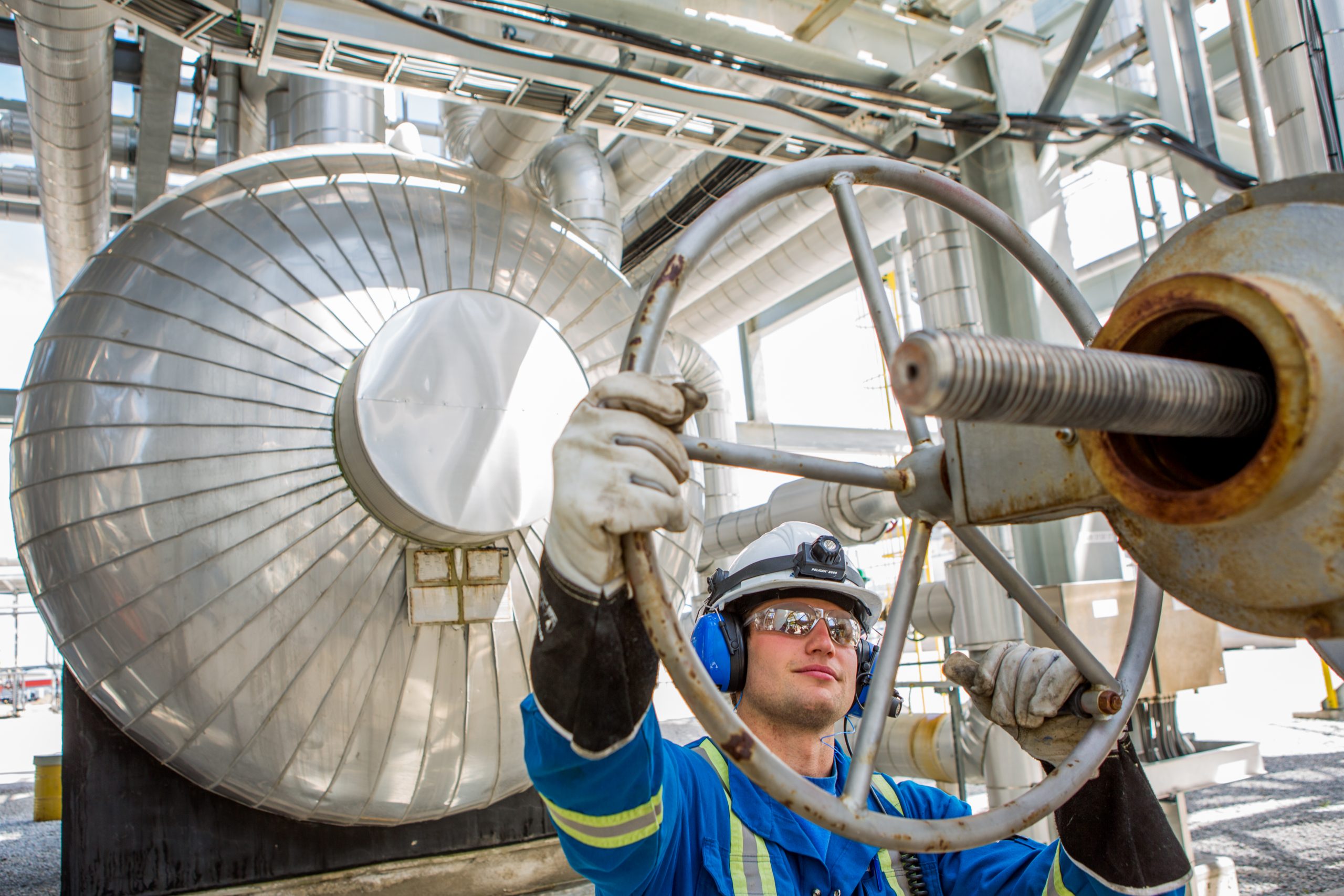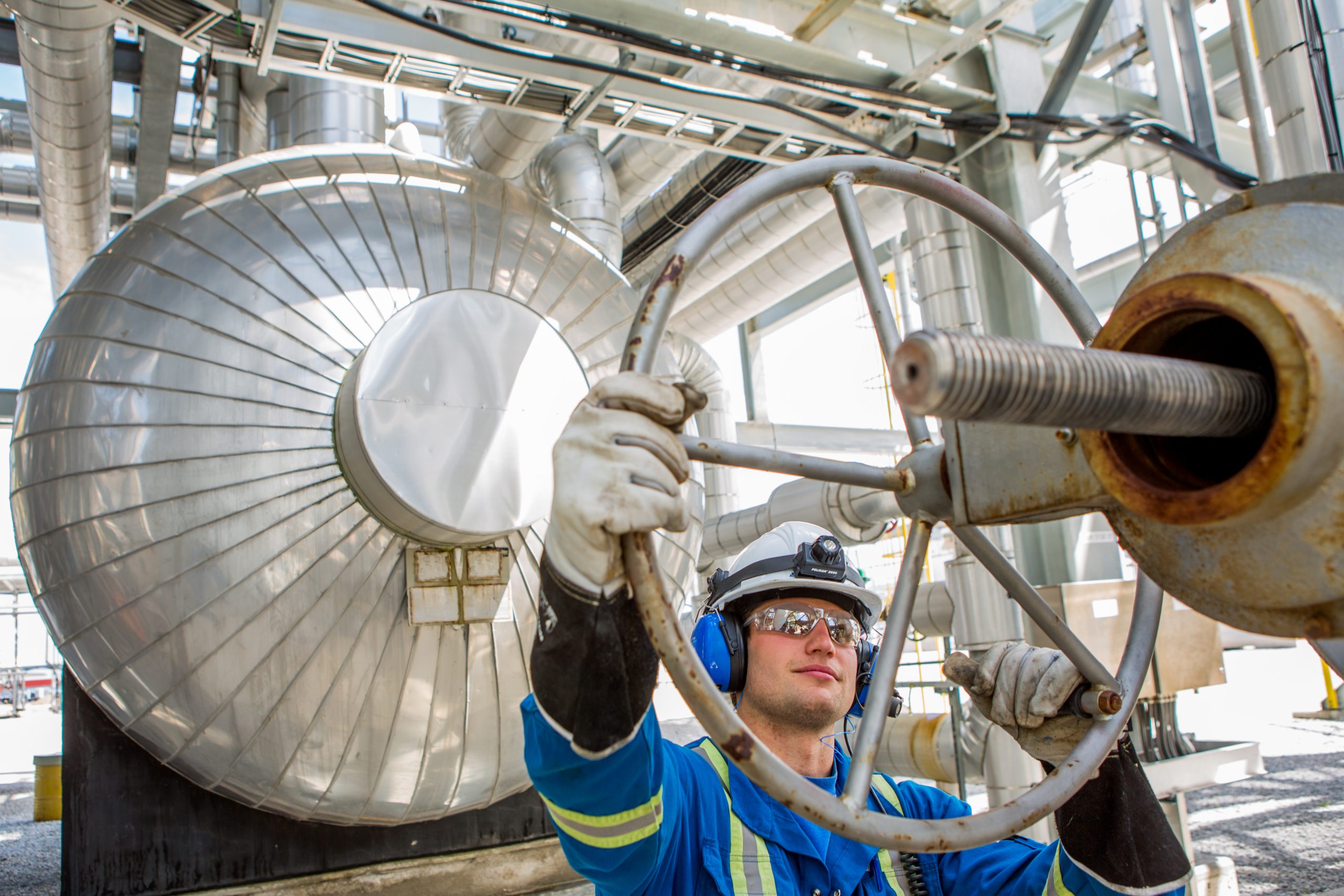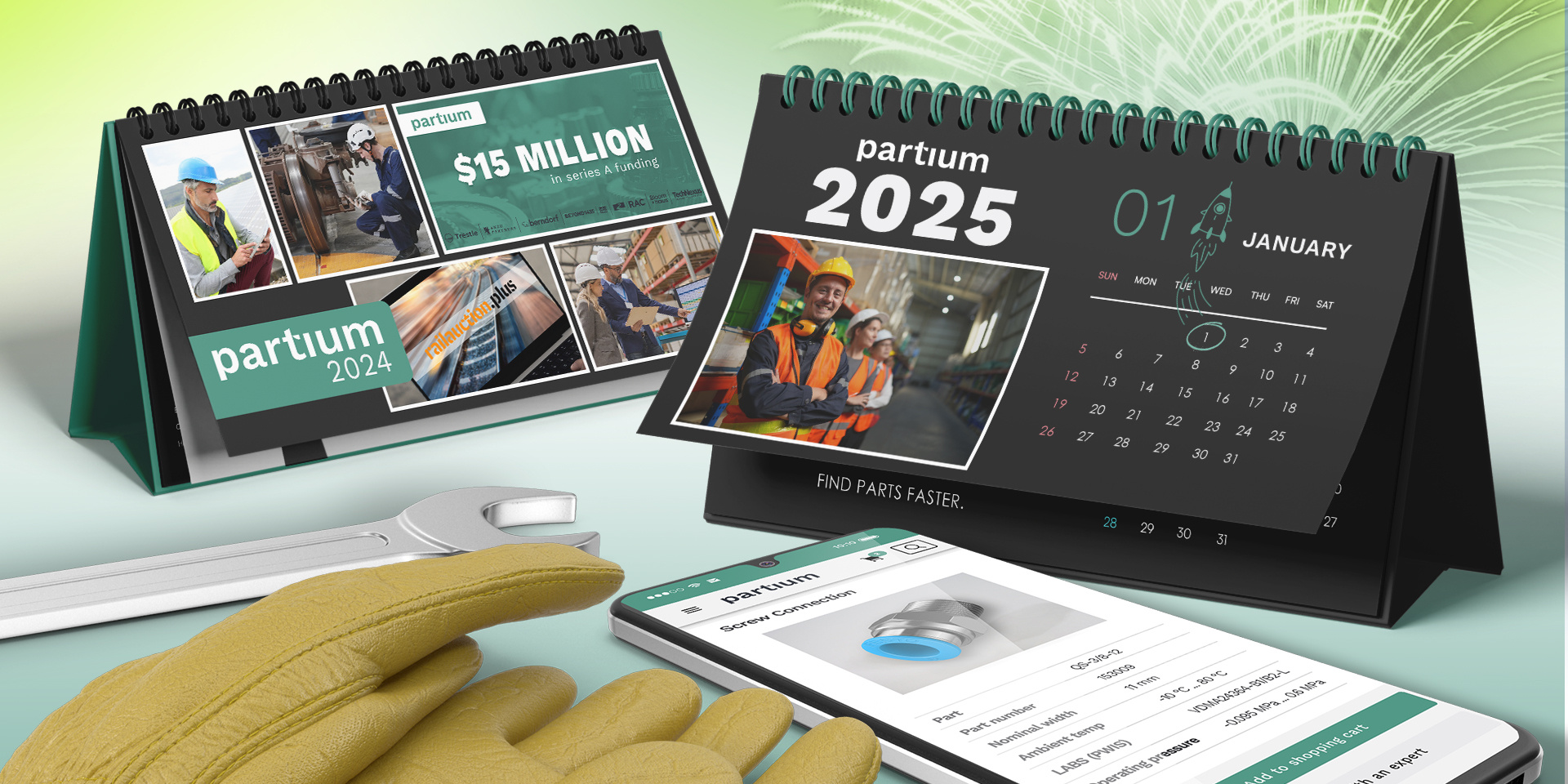Going Paperless on the Shop Floor
Executive Summary
3 min read
![]() Partium
:
Aug 3, 2021 11:30:52 AM
Partium
:
Aug 3, 2021 11:30:52 AM

In maintenance, knowledge about spare parts is critical. When long-term employees quit, they take all this knowledge with them. Their team suffers a severe dip in productivity, reliability & capability to timely address critical incidences - not to mention the cost and time to hire someone new and train them on the job.
If you want to know how to avoid high turnover in your maintenance team, keep reading and learn more about how organizations can retain employees and improve knowledge transfer to reduce the impact of turnover.
Although rates vary by region, industry, and roles, it’s clear that employee turnover rates are higher in maintenance than in many other sectors. According to the Association for Manufacturing Excellence, the average manufacturing and distribution plant has an absenteeism and employee turnover rate of 37%. What could be the reason for such a high turnover rate?
Studies have found that compensation explains between a third and half of the turnover in maintenance. But most of the time, money is not the only problem. Factors such as work/life balance (13%), a problematic relationship with the manager (11%), the quality of daily tasks (8%), and a poor work environment (6%) lead employees to leave a company as well.

Another study from the Harvard Business Review focused on why employees don’t leave their jobs and found that people were 34% more likely to stay at a job if they found their work enjoyable, used their strengths more often, and developed their careers.
People working in maintenance often spend all day putting out fires, might get called in the middle of the night to handle an unexpected breakdown, and have to endure a tremendous amount of pressure. This situation puts strain on the work-life balance and leads to unhappiness down the road.
Outdated equipment and tools are another reason that makes it challenging for maintenance personnel to access resources and do their job effectively. They spend less time using their skills and developing new ones when busy tracking down manuals, shuffling through work orders or writing manual notes after a tough shift.
On top of that, maintenance teams often work under extremely challenging circumstances with very little recognition. Especially young employees starting in the field tend to search for a different career with a better, more respectful work environment. With a considerable part of the maintenance workforce in the age group of 55 to 60 years, the difficulties in attracting and retaining young talent will put operations at risk in 5 to 10 years when many senior technicians retire and exit the workforce.
An average business spends 20% of an employee’s annual salary on replacing them, and it takes an average of 42 days to fill a position. Besides those direct costs of turnover, there are plenty of indirect consequences that can have an even more significant impact. When an organization is short-staffed, it’s more challenging to keep up with scheduled and unscheduled maintenance. This situation leads to more downtime, less production, and lost revenue.
Here is what can you do to reduce turnover in maintenance:
#1: Make maintenance a priority
Create a better work environment for your maintenance team and give them the feeling that their contribution matters. Start focusing on numbers and put the performance of your team in numbers. How many work orders did your team complete? How many assets did they fix, and how many hours of downtime did they prevent? Give your maintenance teams credit and make other people in your organization acknowledge their contribution to create a more positive culture in your maintenance operation and the entire organization.
#2: Eliminate time wasters
Reduce repetitive and administrative tasks, so your maintenance team can focus on the work they can do best. If your technicians spend an hour doing paperwork after every shift, that’s one less hour they have with their families and friends or recharging for tomorrow.
#3: Support young employees
Pave the way for young employees:
#4: Invest in state-of-the-art working equipment
Modern tools and software help you with #2 and #3. Partium, our Enterprise Part Search, is an excellent example of a tool that supports technicians and makes their life easier. It enables technicians to search for industrial spare parts and components via smartphone in seconds.
It improves maintenance processes, even in the most challenging environments, and increases the overall operational efficiency - all while being super easy to use for your technicians.
If you want to see for yourself how Partium works, drop us a message at sales@partium.io.

MRO Optimization in 2025: Are You Leaving Millions on the Table?

From supporting multiple languages to offering data insights and data enrichment, Partium has experienced an exhilarating 2024 and 2025 is set to...